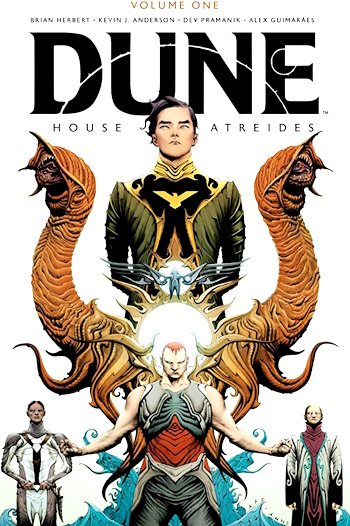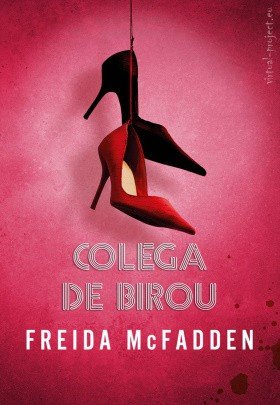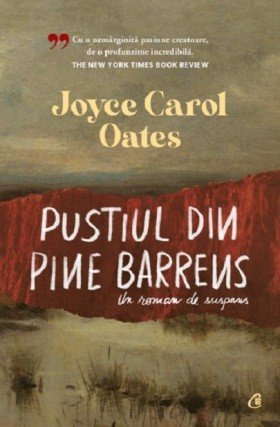Equally challenging for the forger was the creation of a believable provenance that would explain the reemergence of a previously unknown work by a prominent artist. Gabriel also wished to leave the impression that the six paintings might have been seized from their rightful owners during the occupation of France. Therefore, a certain expertise was required. Fortunately, he knew an art historian who specialized in the wartime French art market. They met that evening at a brasserie on the rue Saint-Honoré. The historian insisted on sitting outside in the frigid night air so she could smoke her wretched cigarettes.
“Six fictitious provenances for six forged paintings?” asked Naomi Wallach. “Are you forgetting, Monsieur Allon, that I am currently employed by the French government?”
“I have no intention of profiting from my crime. I will use the forgeries only to make my approach to Galerie Ricard and recover the Picasso.”
She drew a pen and notebook from her handbag. “I’ll need the names of the artists, the titles, and the dimensions.”
“I can’t tell you anything about the motifs or dimensions until I acquire the canvases.”
“What about the artists?”
Gabriel recited six names: Modigliani, Van Gogh, Renoir, Cézanne, Monet, and Toulouse-Lautrec.
Naomi looked up from her notebook. “Can you really—”
“Next question.”
“Where did the paintings end up after they left France?”
“Zurich, I imagine.”
“Private collection?”
“As private as it gets.”
“And now?”
“Thence by descent to present owner.”
* * *
Gabriel acquired his first canvas, a meritless nineteenth-century French School still life, the following morning at an antiques shop near the Jardin du Luxembourg. His second canvas, a landscape, also nineteenth century, he found early that afternoon in the sprawling Paris Flea Market. He placed the paintings in the back of his rented Volkswagen estate car. Then, after a stop at the Sennelier artists’ supply shop on the Quai Voltaire, he headed south to Avignon.
He spent the night at the Hotel d’Europe and in the morning purchased his third canvas, another still life, at an art gallery on the rue Joseph Vernet. An all-too-brief visit to nearby Aix-en-Provence yielded a fourth canvas—a large but uninspired seascape—and a stop for lunch in Fréjus resulted in the unexpected acquisition of a lovely canvas by an unknown French flower painter.
He found his sixth canvas, a truly terrifying portrait of an elderly Provençal woman, at a gallery in Nice and arrived in Venice shortly after 2:00 a.m. The children awakened him at half past seven and insisted he walk them to school. Returning home, he removed the six canvases from their frames and ordered six faux antique replacement frames from Girotto Cornici of Milan. Then, scraper in hand, he reduced the work of six long-dead French artists to a pile of paint flakes.
Five of the canvases he covered in ground and underpaint, but the sixth he left unprimed, as that was Cézanne’s preference. The master’s usual palette contained eighteen paints. Gabriel used the same combination of paints—by the same paint maker, Sennelier of Paris—when executing a pastiche of one of Cézanne’s many Provençal landscapes. He thought his brushwork was a touch hesitant, the telltale mark of a forgery, so he scraped the image from the canvas and swiftly executed another. Chiara agreed it was in every respect superior to the first.
“And you wonder why your son has no desire to become a painter.”
“I can teach him everything he needs to know.”
“Talent like yours can’t be taught, darling. You were born with it.”
“So was he.”
Gabriel loaded his brush with peach black—so named because it was made with charred peach pits—and stretched his hand toward the bottom right corner of the canvas.
“Shouldn’t you practice it once or twice?” asked Chiara.
Frowning, Gabriel executed Cezanne’s signature as though it were his own.
“Freak,” she whispered.
With his Nikon camera Gabriel documented his crime, lest his handiwork ever leak onto the legitimate art market. He emailed one of the photographs to Naomi Wallach, and an hour later she sent him her first fictitious provenance. The last line read “Thence by descent to present owner.”
Gabriel waited until 8:10 p.m. before ringing the owner’s latest personal assistant. She took the call in a backstage dressing room at the Oslo Concert Hall, where she was alone with a multimillion-dollar Stradivarius violin. Her first day on the job, she said, had gone much better than expected.
“I have to say, she’s not the monster you made her out to be. In fact, she’s really quite charming.”
Gabriel killed the connection and, annoyed, cleaned his brushes and palette. Surely, he told himself, she had been referring
to a different Anna Rolfe.
20
Venice–Zurich
For much of the following week, Gabriel remained a prisoner of his studio. His face was unshaven, his mood was brittle, never more so than when he was working on his Van Gogh, a pastiche of the blue-green olive trees that Vincent painted while living at the Saint-Paul Asylum in Saint-Rémy-de-Provence. When the work was finished, Gabriel added a signature to the bottom right corner, underlined and at a downward angle, and sent a photo to Naomi Wallach in Paris. She replied an hour later with a fake provenance. The salutation to her email read “Bravo, Vincent!”
He painted his Modigliani, a seated nude, in a single afternoon, but required three days to produce a suitable Renoir and another two until he was satisfied with his pastiche of Monet’s Low Tide at Pourville. The Toulouse-Lautrec he saved for last, choosing for his subject matter the female form, which the artist had studied at length during his frequent visits to a brothel on the rue d’Amboise. An alcoholic with an adult torso mounted atop deformed child-sized legs, Toulouse-Lautrec often worked while under the influence of a concoction he called the Earthquake Cocktail, a potent mixture of absinthe and cognac. Gabriel made do with Cortese di Gavi and Debussy and used Chiara as the model for his prostitute. Naomi Wallach, upon receipt of the photograph and dimensions, declared it the finest Toulouse-Lautrec she had ever seen.
He secured the six paintings to their new frames and shipped them to Anna’s villa on the Costa de Prata. A week later, with the help of Carlos and Maria, her longtime caretaker and housekeeper, he hung them in her music room. He met with Nicholas Lovegrove at his office in Cork Street the following afternoon, once again with no staff present. Lovegrove examined the photos in silence for several minutes before rendering his verdict.
“You are a truly dangerous man with a paintbrush in your hand, Allon. These really do look authentic. The question is, how much scientific scrutiny can they withstand?”
“Very little,” Gabriel admitted. “But Ricard will be inclined to accept them as genuine because of the source.”
“Anna’s father?”

























